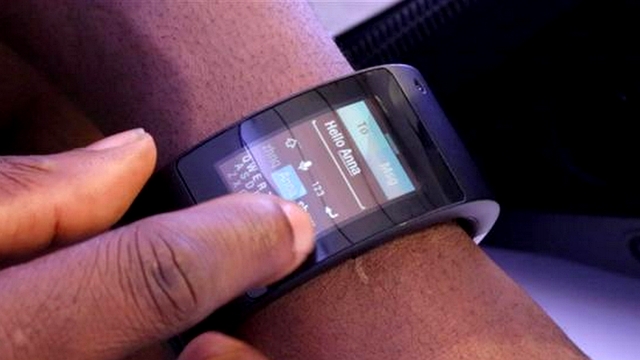
One of the technological highlights of 2015 so far has been the official announcement of the much anticipated Apple Watch, almost two years after Samsung’s first Galaxy Gear smartwatch. The iPhone compatible smartwatch is initially priced from $349 for the entry-level Sport model to around $17,000 for an 18-carat gold version. Some of the manufacturers, like Samsung, LG, SONY and Motorola, are already presenting the 3rd generation of their smartwatches.
While opinion is divided about how successful Apple Watch will prove to be, it’s clear that smartwatches and other wearable technologies are a great way to collect and display contextual data quickly and easily. However, because this is a technology boom that is still in its infancy, there are several questions that remain to be answered when it comes to data security and recovery. There are four things you might like to consider when protecting data accessed via a smartwatch.
1. The Cloud may save you
Depending on the apps your smart wearables uses, much of the data may be automatically synced to the Cloud. This means that should your device be lost or stolen, the data should still be retrievable online.
However, cloud data sync relies on having an active Internet connection. This could be via your mobile phone, as is the case with Google Glass and Apple Watch, or via Wi-Fi only depending on the device.
As long as the network connection is maintained for the duration of the data sync process, your data should be relatively secure in the event the device is lost or stolen.
2. App data security provisions
The apps used to display and capture data on your smartwatch will almost certainly sync back to a "parent" app on your smartphone or tablet.
But far from creating a backup of your wearable data all that really happens is that the only copy of the information is moved from your device and onto your smartphone -- the sync procedure copies data from the wearable to the parent app before deleting the synced data from the wearable.
This is not a backup because there is still only one copy of the data -- all that has changed is the physical location at which it is stored.
Fortunately, most of the data capture apps feature Cloud syncing as standard, creating a backup copy according to their own sync process. But in doing so there are now two points of potential failure -- the wearable to smartphone sync and the smartphone to Cloud sync -- where data could be lost permanently.
3. Direct data recovery
The on-board storage of wearable devices is constructed from non-standard flash NAND chips, smaller than the ones found in USB thumb drives and digital camera memory cards.
This means that where data is deleted or erased accidentally it may be possible to recover information using variations of traditional flash memory recovery techniques.
Obviously data is easiest to recover from units that use micro-SD cards or other removable media, simply because no specialist connections are required. Other devices with built-in storage may be more difficult to recover data from, most likely requiring some disassembly to access the memory chips.
4. Physical device security
Like their non-smart counterparts, watches and glasses are relatively easy to lose. Skilled pickpockets are also more than capable of relieving owners of their valuables, as proven by the high theft rates of smartphones.
For any business thinking about deploying wearables, it is important to define how data is to be protected against theft or loss. In many cases existing rules governing BYOD and remote data access will provide the basis for information protection. However these guidelines will need to be refined so that data is backed up regularly to reduce the risk of loss.
For home users, a regular data syncing routine is essential to prevent ensure information is transferred safely from the device. In most cases you will already be extracting information at least once a day, however this needs to become an ingrained habit.
It is also important to remember that should the wearable device begin to run out of free storage space, it will begin overwriting information stored previously.
In reality, smartwatches are simply the latest development in a long-running battle to secure data outside the home or company network.
As long as regular sync routines are maintained, loss of data should be avoided. But if information is lost before syncing, you may need the services of a data recovery specialist.
Paul Le Messurier, program and operations manager, Kroll Ontrack.
Published under license from ITProPortal.com, a Net Communities Ltd Publication. All rights reserved.

